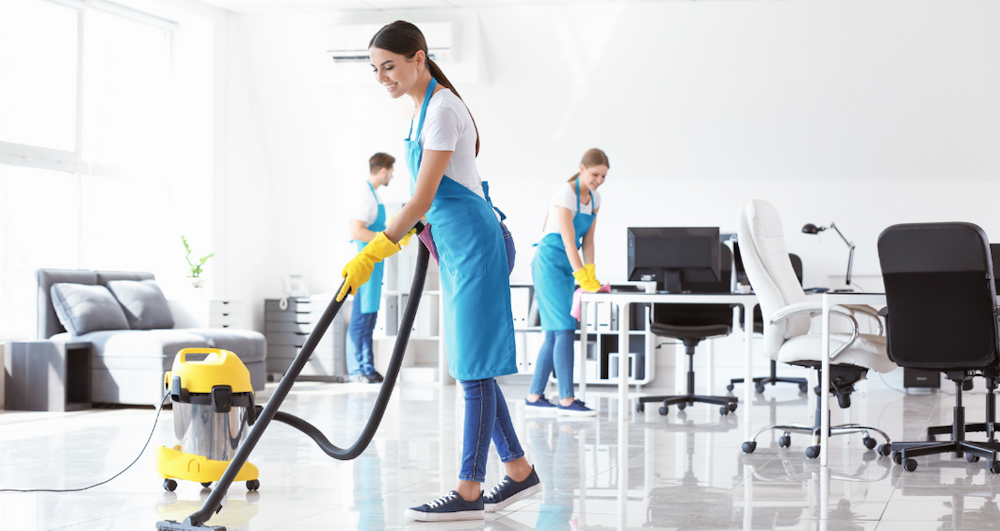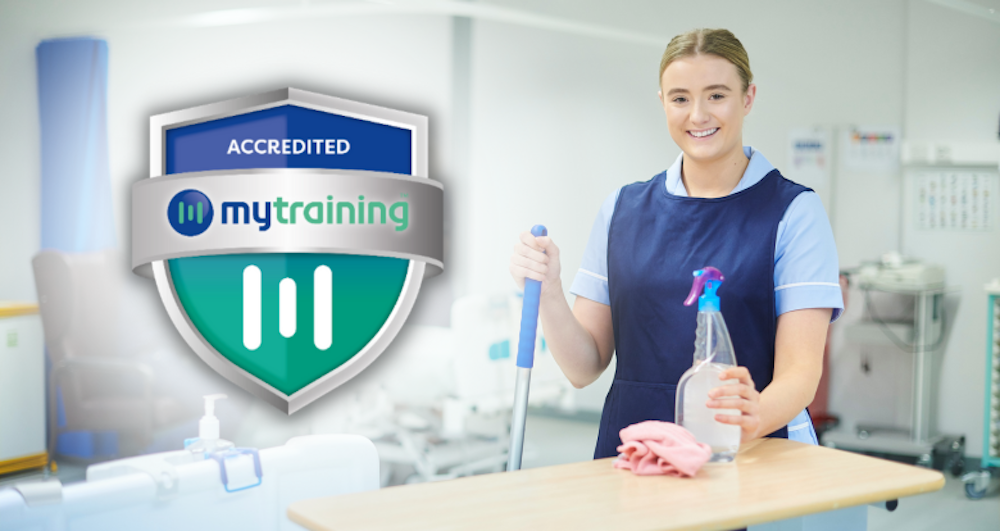4 Tips for a Fail-Proof Cleaning Audit
- 5 min read
- Castle
In the highly competitive world of contract cleaning businesses, providing efficient and effective services is crucial to staying profitable. With clients demanding high-quality results at competitive prices, contract cleaners must ensure they can consistently deliver on their promises. It is not enough to simply offer basic cleaning services; contract cleaners must go above and beyond to provide the best possible results.
In order to do so, businesses need to have streamlined processes and procedures in place that are regularly reviewed and evaluated to ensure that they are optimised for maximum efficiency and effectiveness. This includes having well-trained and motivated staff, using the latest equipment and cleaning products, and implementing quality control measures to maintain high standards. It also involves being adaptable and responsive to changes in client needs and industry trends.
When businesses don’t have these procedures in place, areas can easily be neglected, resulting in mistakes or shortfalls. This is where cleaning audits come into play.
Cleaning audits help cleaners around the world achieve higher standards of cleaning and improve the efficiency of their processes. In this blog, we will explore what a cleaning audit is and guide you through our top four tips for a fail-proof audit.
What is a Cleaning Audit?
Cleaning audits are ongoing systematic programs used to monitor facility cleaning outcomes. These audits help facilities managers understand the results of the cleaning carried out in an area, adapt cleaning schedules, streamline processes, and allocate the correct amount of time for specific tasks.
Audits are performed in all functional areas of a facility across all risk categories, and the results are then documented and analysed to improve future procedures.
Cleaning Audits are Beneficial for:
– Raising the cleaning standard in your facility/ facilities.
– Prevention of health and safety risks.
– Reducing costs.
– Identifying issues early on.
– Planning time more effectively.
– Knowing which areas of training are required for staff.

4 Tips for an Effective Cleaning Audit
In order to reap the benefits of a cleaning audit, it is important for businesses to understand exactly how to carry one out. Below we have listed four helpful tips to ensure an effective cleaning audit:
1: Establish Clear Cleaning Standards
Creating clear and detailed cleaning standards is an essential step in ensuring that cleaning staff are aware of the tasks they need to perform and the level of quality they are expected to deliver. These standards should be specific to each area of the facility, taking into account factors such as the type of flooring, the presence of sensitive equipment or surfaces, and the level of foot traffic in each area.
By outlining the tasks that need to be performed in each area, businesses can provide their cleaning staff with a clear roadmap to follow, which can help to reduce confusion, errors, and omissions. In addition, these standards serve as a benchmark for measuring staff performance during the audit process. By comparing the actual cleaning results to the established standards, businesses can identify areas of strength and weakness and provide targeted feedback to staff. This can help to motivate staff to perform at a higher level and can also help to identify areas where additional training or resources may be necessary.
2: Regular Training and Communication
Regular training and communication with cleaning staff are critical elements for maintaining high cleaning standards and ensuring that they are performed consistently. By providing ongoing training, cleaning staff can stay up to date with the latest cleaning techniques, products, and equipment, and also have the opportunity to ask questions and seek clarification on any issues they may be experiencing. Effective communication ensures that cleaning staff fully understand the cleaning standards and their importance and are able to work towards achieving them.
Castle’s cleaner training recommendation: MyTraining
MyTraining is a simple way to deliver bite-size training to cleaning staff! This platform offers:
– Industry-leading recognised practices to uphold standards.
– Ways to keep staff motivated and following the latest good practices.
– Automated record keeping.
– A simple and easy-to-use portal.
– An easy-to-manage monthly subscription.
With MyTraining, businesses can save money on their processes, ensure all staff are proficiently trained according to the latest industry and product usage standards, and encourage a more sustainable work culture. Watch the MyTraining demo to find out more.

3: Conduct Regular Inspections
Conducting regular inspections is an important part of maintaining high cleaning standards in any facility. By monitoring the cleaning quality, managers can identify areas that may require improvement and take action to address any issues. Inspections can be conducted using a checklist or other tools to ensure that all areas are inspected thoroughly, and the results can be recorded for future reference.
Feedback is an essential component of the inspection process. Based on their observations, managers can provide feedback to cleaning staff on areas where they are performing well and where improvements can be made. Providing feedback in a constructive and supportive manner can help staff to feel valued and motivated to improve their performance. It can also help managers to identify any training needs or areas where additional resources may be required.
Conducting regular inspections can also help managers to identify any potential health and safety hazards in the facility. By identifying these hazards early, managers can take corrective action to reduce the risk of accidents or injuries occurring. This can help to create a safer and healthier work environment for both staff and clients.
4: Utilise Technology
Utilising technology such as cleaning software or digital checklists can streamline the cleaning audit process and improve accuracy, as well as enable the tracking of the performance of cleaning staff over time and identification of trends or areas for improvement.
By implementing these tools, organisations can simplify their audit processes and reduce the risk of errors, while also gaining valuable insights into the efficiency and effectiveness of their cleaning practices. The use of technology can help to identify patterns in cleaning performance, such as consistent high or low performers, as well as areas where additional training or resources may be needed.
For More Industry Tips, or to Buy Cleaning and Hygiene Supplies, Talk to Castle (EU)
At Castle (EU), everything we do revolves around making your lives easier. Our sustainable cleaning products, staff training, and product supply facilities are designed to help you run your cleaning contracts safely and efficiently – without it costing you the earth!
Whether you’re just starting out in the cleaning industry or looking to take your business to the next level, we’re here to help. Contact our team today for more information on how we can support your needs.